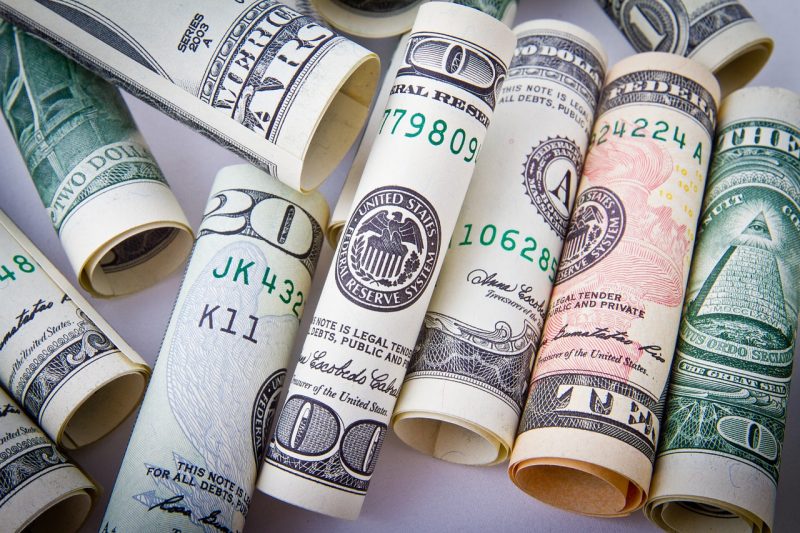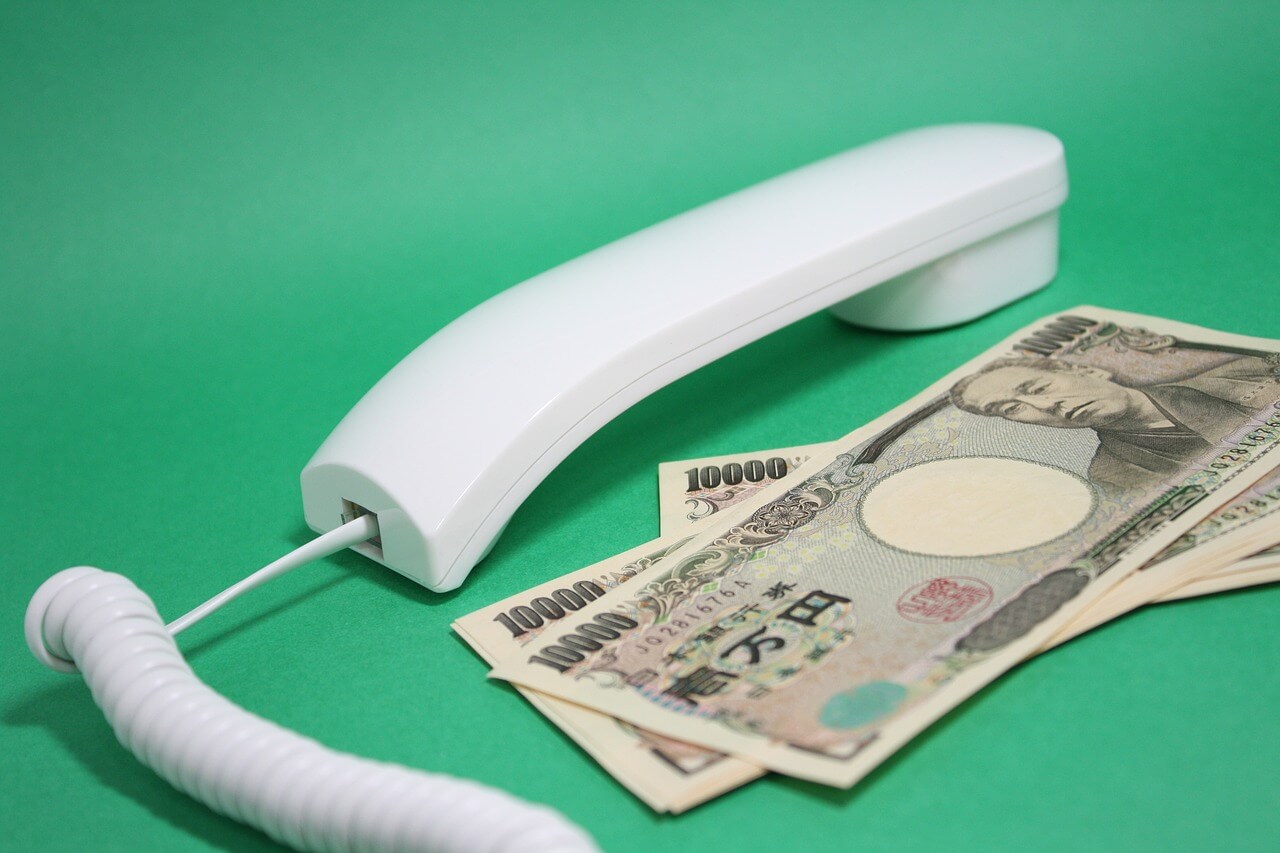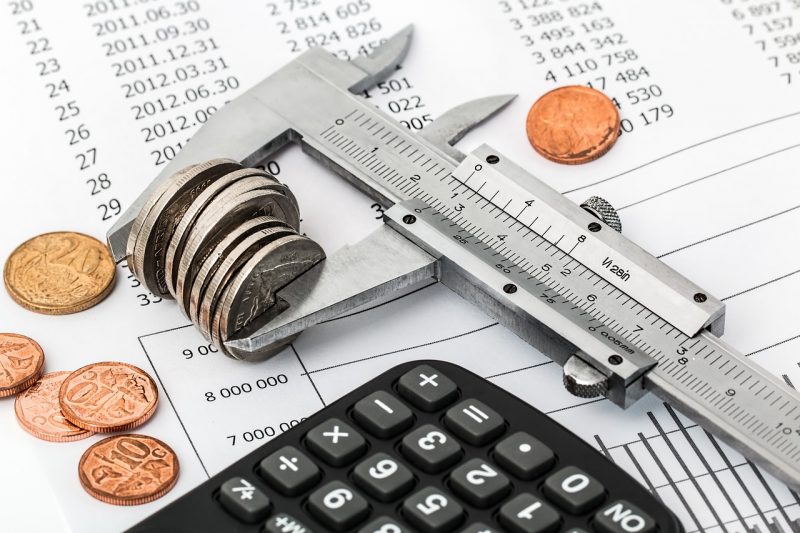A first world country like Japan manages to provide its inhabitants with a good quality of life thanks to a large and thriving economy. But like every country in the world, Japan has its own problems. And one of the most serious problems is its national debt.
This time, I'm not going to talk about some overt social problem or one that gets little public attention. In this article, I will talk about the economic situation in Japan.
Japan is one of the most developed and most influential countries in the world. However, it is also the most indebted country in the world, with a substantial debt of around 233% of GDP on its shoulders.
For those who don't know, Japan is in first place in debt. Yes, Japan has the biggest debt in the world. Its public debt is estimated at over 1 quadrillion yen (US$: 9 trillion and R$: 29 trillion). Japan is at risk of entering a severe economic crisis if it fails to find a solution to this problem.
Índice de Conteúdo
Where did this huge debt come from?

First, let's take a look at how Japan got stuck in debt as the economy rose to power and prominence.
Japan became an influential economic power in the 1980s. This was at the cost of an economic bubble created after World War II. However, Japan's economic policies have put the country into monstrous debt.
The Japanese government was unable to meet the tax collection target thanks to its low tax policy and low interest rates. At the same time, the Bank of Japan lent a lot of money to its creditors. Subsequently, the economic bubble that was created in the post-war years burst.
The stock market plummeted, the stock price plummeted, and the Bank of Japan found itself in huge debt. National companies were in the same financial situation. However, to avoid mass unemployment, the government gave financial support to these companies. The government practically did not let these companies go bankrupt.

The Japanese government and the Bank of Japan provided these companies with low-interest credit. Thus, they depended on financial support. But this turned out to be unsustainable. Therefore, banking institutions had to be consolidated and nationalized.
Thanks to populist policies, the government avoided adjusting the price of taxes and interest and insisted on supporting failed companies. Consequently, this only increased the debt.
Over many years, other fiscal stimulus initiatives were also used to adjust the economy. Because of these government-approved actions, Japan's debt level soared to become the highest in the world.
How is Japan still not broke?

Japan is still in good shape because it can adjust interest rates to low levels so that payment amounts remain low relative to the overall level of debt. At the same time, Japan is fortunate to still attract investors from around the world. Even so, the debt is so large that it scares any investor.
Sooner or later, the situation can become untenable. The debt is so large that it is impossible for Japan to pay it off all at once.
To reduce the burden, the Bank of Japan lowers the interest rate and buys government bonds to provide more money to the financial system. Theoretically, this artificially minimizes the total interest payment. Since the Japanese government's negative balance is so high, interest expense can easily be affected by the rate hike.
Does Japan's aging contribute to this?
Japan's population is shrinking and aging. Therefore, it is highly doubtful that the country can increase national savings. So the only way to reduce the loss is to have foreign investors.
However, the problem is that the constant aging of the Japanese population affects the economy. More aging people, less young workers to make GDP grow. Much of Japan's debt is financed through the savings of Japanese citizens. Savings that are channeled through pension funds and life insurance.
Japan is extremely conservative when it comes to money. You don't have a culture of consumption in material goods. This trend means that people's money goes into Japanese debt. As the Japanese population ages, people withdraw from these funds and insurance. Consequently, it becomes increasingly difficult to finance debt within the country.

The article is still halfway through, but we recommend also reading:
Will Japan end up defaulting?
Japan could default but, as it stands, it has trillions in state assets that would be sold in the event of default, therefore, a default is unlikely. What we might see, is a divestment of state assets if the debts cannot be paid. Some of the companies supported by the Japanese government are worth trillions of dollars, so it's not like Japan would go bankrupt. At least, not for now...
Chances are, the Japanese government will end up printing money. It is a short-term solution, despite devaluing the currency. But in Japan's situation, better that than defaulting on debt.







